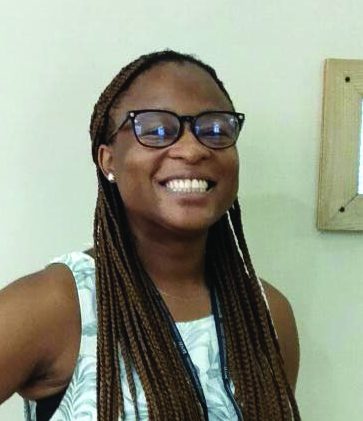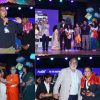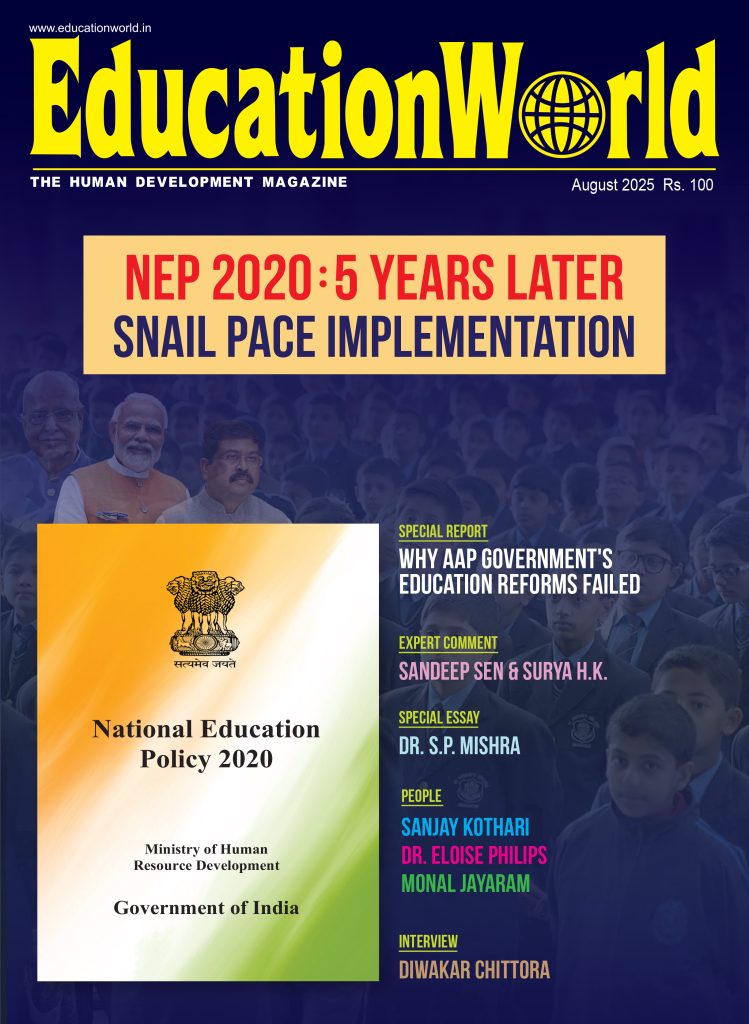Embracing the Future: Bridging the Gap Between Traditional and 21st-Century Education
 Micaela Ventura, Head of Primary at DSB International School, NPQSL
Micaela Ventura, Head of Primary at DSB International School, NPQSL
Education has always been a foundation of societal progress, shaping the minds of future generations. However, the methods of teaching and learning have evolved significantly over the years. While the traditional approach has stood the test of time, the 21st century demands a model shift in education to equip students with the skills needed for an ever-changing world. This article explores the benefits of both the traditional and modern approaches, emphasising the urgency for schools still adhering to traditional methods to embrace change and adopt best practices that prioritise the learning process over the outcome.
The Traditional Way of Teaching and Learning
The traditional education system, with its roots deeply embedded in centuries-old practices, has been the base of formal learning. Characterised by a teacher-centred approach, rote memorisation, and standardised testing, this method aims to communicate a pre-determined body of knowledge to students. While this approach has its benefits, it often falls short in fostering critical thinking, creativity, communication, collaboration, and adaptability—skills crucial for success in the 21st century.
In many traditional classrooms, students are passive recipients of information, memorising facts and figures without truly understanding the concepts. This rote memorisation may lead to high test marks, but it fails to prepare students for the challenges they will face in the dynamic world beyond the classroom.
Furthermore, a significant disadvantage of the traditional education system is that children often struggle to apply the knowledge they have memorised. The emphasis on rote memorisation, while effective in achieving high marks in tests, it falls short in facilitating a deep understanding of the underlying concepts. This lack of comprehension affects students when it comes to applying their knowledge in practical scenarios or real-world problems.
In the traditional classroom setting, where students are passive recipients of information, there is low encouragement for them to engage critically with the material. The rote memorisation process leaves little room for questioning or exploring the practical applications of what is learned. As a result, students may find it challenging to connect theoretical knowledge to real-life situations, limiting their ability to solve problems creatively and think critically.
The 21st-Century Education Paradigm
In contrast, 21st-century education recognises the need for a more student-centric, inquiry-based approach. Emphasising critical thinking, collaboration, and digital literacy, this approach acknowledges the fast-paced changes in technology, economy, and society. Students are encouraged to explore, inquire, and apply knowledge in real-world contexts, preparing them for a future where adaptability is paramount.
Modern classrooms takes advantage of technology to facilitate interactive learning experiences. Online resources, virtual collaboration tools, and multimedia platforms broaden students’ access to information and foster a more engaging learning environment. Project-based assessments replace traditional exams, emphasising application and problem-solving skills over mere memorisation.
In a rapidly changing world where new challenges and opportunities emerge constantly, critical thinking is a crucial skill. Students who develop strong critical thinking skills are better prepared to adapt to new situations, solve difficult problems, and navigate the uncertainties of the modern workforce. This benefit extends beyond the academic field, influencing how students approach various aspects of their lives and contributing to their overall success and fulfilment.Top of Form
The Need for Change in Traditional Education
While the traditional approach has its benefits, it is essential for educational leaders, teachers and policymakers to recognise the limitations of this method in meeting the demands of the 21st century. The world is rapidly evolving, and our educational practices must evolve in alignment to it. The skills that were once sufficient for success are no longer enough in a globalised, interconnected world.
To prepare students for the challenges and opportunities of the future, schools adhering to traditional methods must embrace change. This does not mean abandoning the rich heritage of traditional education but rather integrating it with contemporary best practices. It involves creating a learning environment that fosters curiosity, adaptability, and a passion for lifelong learning.
Balancing the Focus on Process and Outcome
In the pursuit of educational reform, it is crucial to shift the focus from a fixation on outcomes, such as test scores and grades, to the process of learning itself. Education should be seen as a journey, not just a destination. By prioritising the learning process, educators can instil a love for learning, resilience, and a growth-mindset in students.
This shift requires a change in assessment methods. Instead of relying solely on standardised tests, assessments should include a variety of measures that capture a student’s ability to think critically, solve problems, and collaborate with others. By embracing diverse assessment strategies, educators can better gauge the holistic development of students.
Conclusion
In summary, the debate surrounding traditional versus 21st-century education should not be framed as an either-or scenario. A progressive educational system should strike a balance, preserving traditional strengths while integrating innovations for the future. Schools sticking to conventional methods must recognise the urgency to adapt, ensuring students acquire both foundational knowledge and skills essential for the ever-changing world.
As we embark on this educational evolution, it is crucial to acknowledge that the true goal extends beyond simple academic achievement. While academic excellence is undoubtedly important, the overarching aim is the development of resilient, adaptable individuals ready to navigate the challenges and seize the opportunities presented by the 21st century. Our collective aspiration is for children to achieve their full potential, and to realise this vision, we must equip them with the right tools to succeed in whatever endeavours they choose to pursue.
In this transformative journey, we can draw inspiration from the strengths of traditional education – the grounding in foundational knowledge, discipline, and structured learning. Simultaneously, we must embrace the innovations of the 21st century – fostering critical thinking, creativity, communication, collaboration, adaptability, and the practical application of knowledge. By integrating the best of both worlds, we can create an educational environment that not only imparts knowledge but also instils in students the ability to think critically, solve problems creatively, and adapt to an ever-evolving global landscape.
The urgency for change lies in the realisation that the world our children will inherit is vastly different from the one in which traditional education systems were established. As technology advances and global connectivity increases, the demand for a diverse skill set becomes paramount. Therefore, schools must adapt to nurture students who are not just proficient in academics but are also agile learners, capable of thriving in a world of constant change.
Other articles by Micaela Ventura:
Nurturing strong relationships, purpose-driven leadership & servant leadership



















Add comment